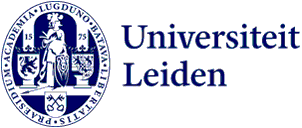
New research facility for the energy transition
Leiden University is part of a Dutch consortium that will receive 4.7 million euros from NWO to build a facility that makes controlled, thin layers of material. The facility can produce small and large films, something that is globally unique. And that is key to scaling up, for example, new catalysts and batteries to industrial use. In this way, the facility will accelerate the energy transition.
To conquer the energy problem, researchers are searching for new materials, for example for solar panels, catalysts and batteries. Often, such materials consist of stacked layers of thin films which in combination have unique and useful properties. Until now, there existed a gap between small-scale materials research at research institutes and industrial production of thin films at companies. This is partly because research institutes often make thin film samples of a few millimetres or at most a few centimetres in diameter. These are difficult to test which prevents companies from further developing the material and making it market-ready.
Pulsed Laser Deposition lab
The new facility, the Pulsed Laser Deposition lab, allows research institutes and companies to make thin film samples up to ten centimetres in diameter. In addition, the device can stack these layers. Moreover, researchers can already perform many measurements in the device itself. This provides faster and more accurate results. The facility will be available to both researchers at universities and institutes, and to companies wanting to test commercial applications.
The consortium operates under the name PLD4Energy with the national energy research institute DIFFER as the main applicant. From Leiden University, researchers Marc Koper and Rik Mom from the Leiden Institute of Chemistry are involved.
